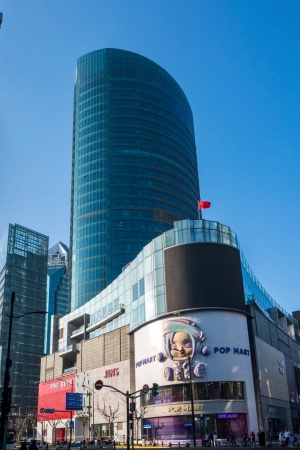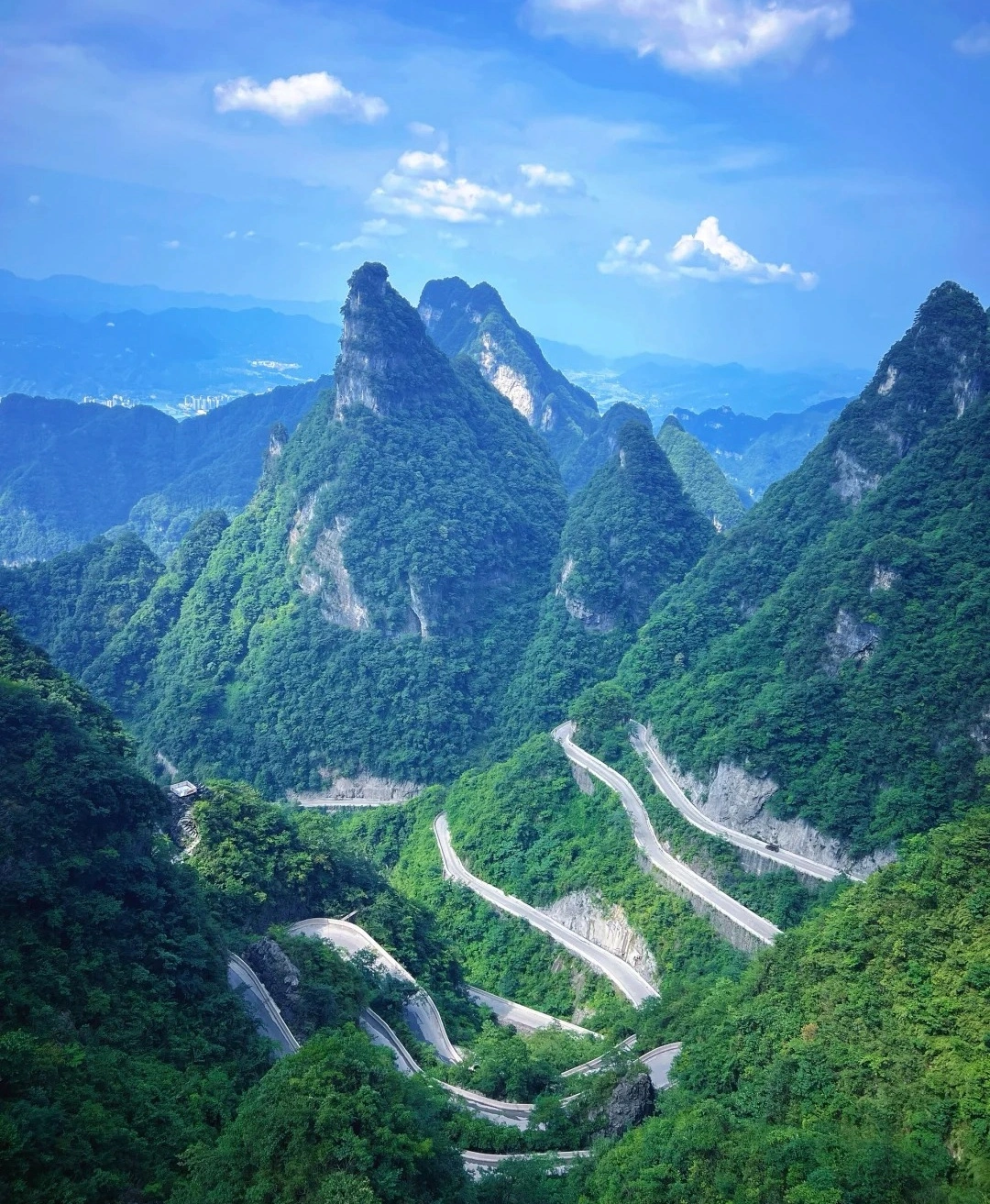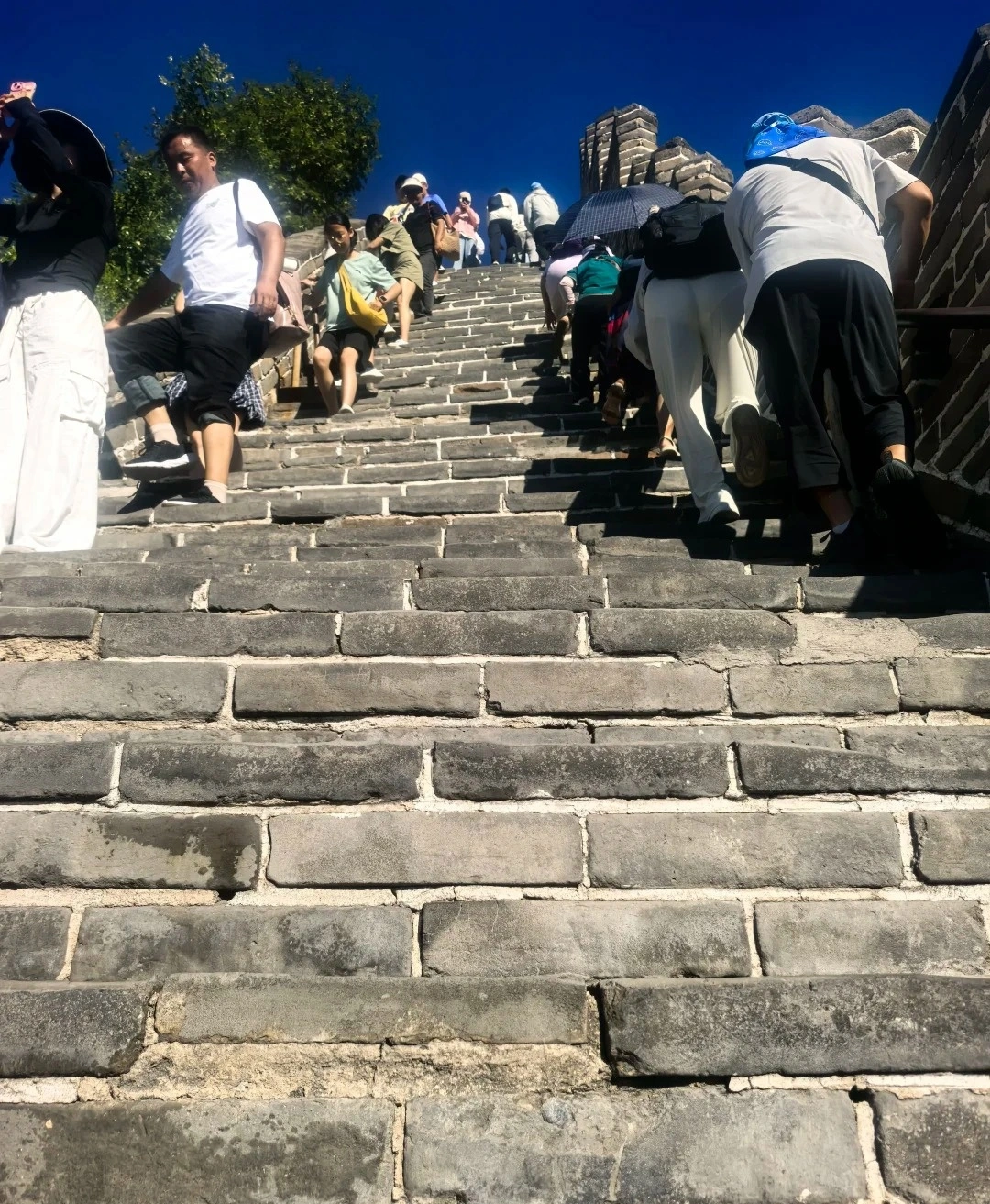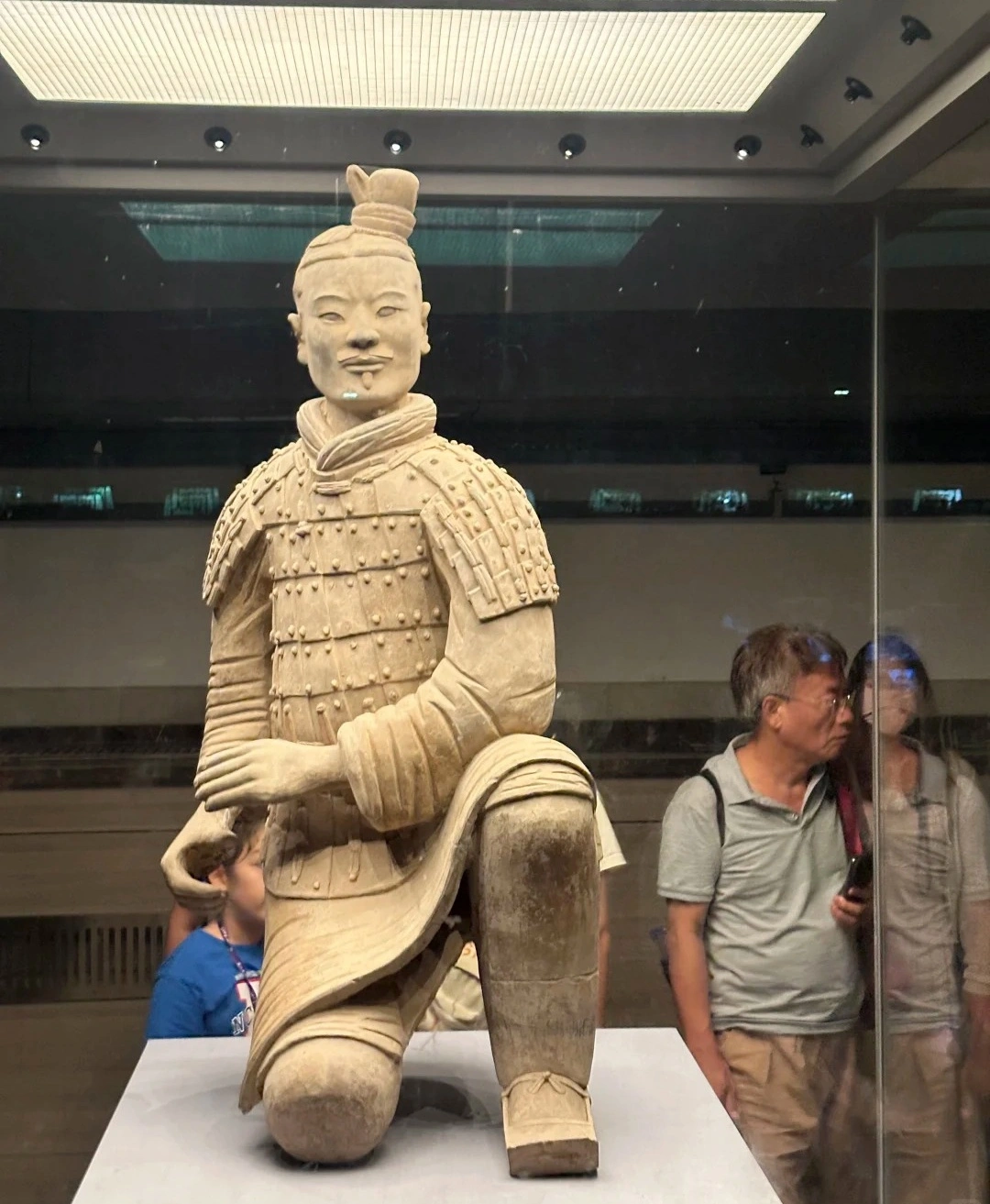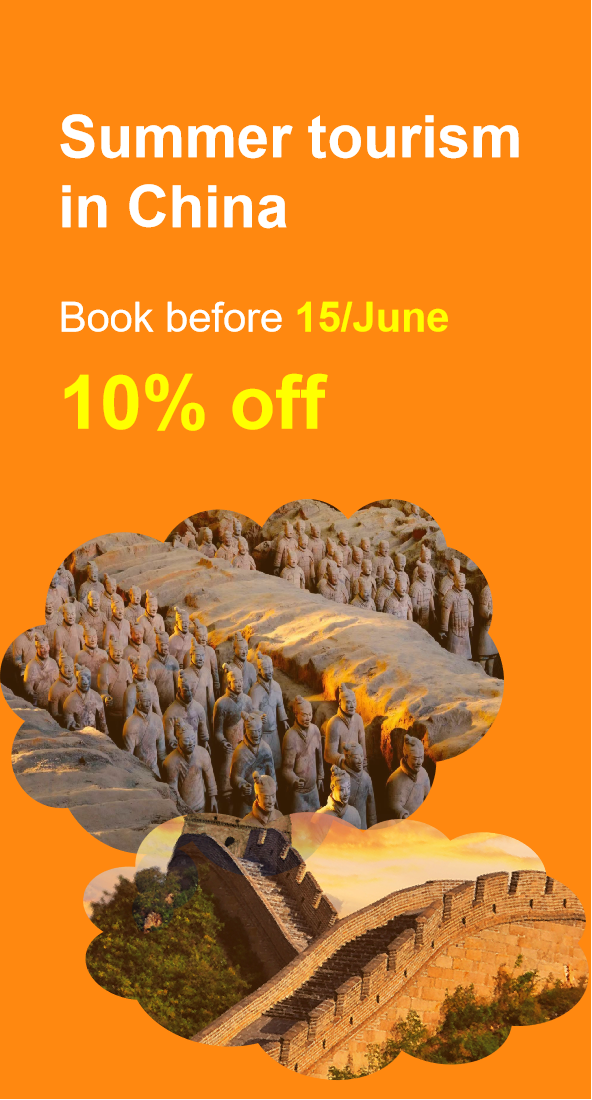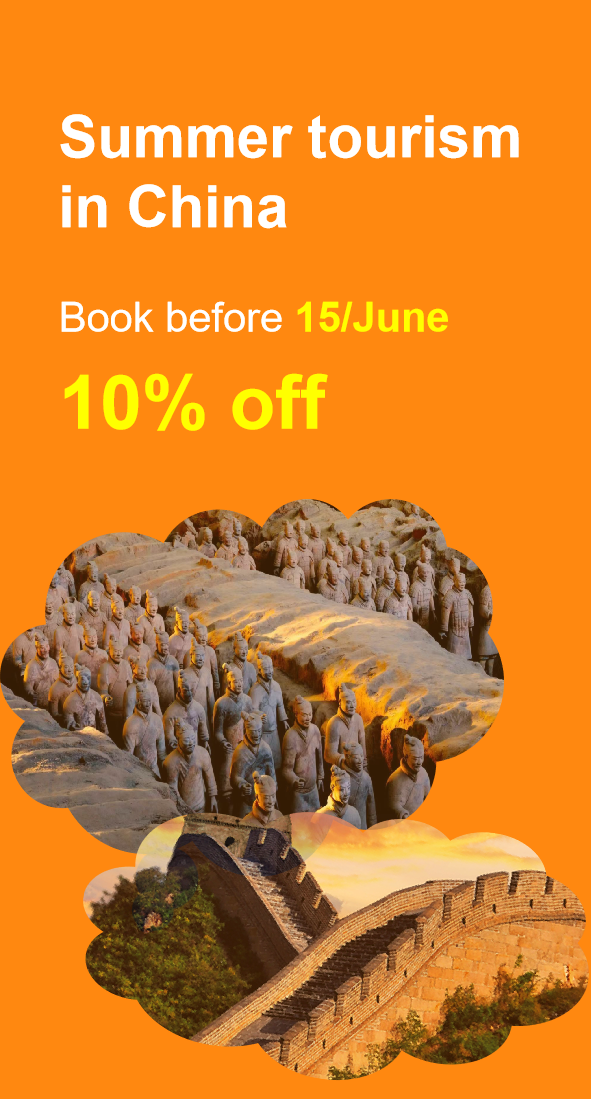Top 10 Historical Sites in Chongqing
Chongqing, a city carved by mountains and rivers, is not only a modern metropolis but also a treasure trove of history. From ancient battlefields to Ming-Qing-era towns, its historical landmarks narrate tales of resilience, cultural fusion, and strategic importance. Here are the must-see historical sites that define Chongqing’s ancient legacy:
1. Diaoyu Fortress (Fishing City) – The "God’s Whip Breaker"
Location: Hechuan District
Highlights:
- A UNESCO World Heritage candidate and national archaeological park, this fortress withstood Mongol sieges for 36 years, altering world history by killing Mongol leader Möngke Khan.
- Explore underground tunnels, water military docks, and the Fanjiayan Government Office Ruins (2018 National Top 10 Archaeological Discoveries).
- Immersive experiences include VR reconstructions of battles and the interactive play "Hezhou Tales".
Why Visit: Witness where medieval Asia’s fate was decided amidst triple-river confluences.
2. Baidi City (White Emperor City) – The Gateway to Shu
Location: Fengjie County
Highlights:
- A Southern Song Dynasty mountain fortress guarding the Yangtze’s entrance to Sichuan, featuring “ringed cities” and cliffside defenses.
- Famous for Liu Bei’s “Three Kingdoms Trust” and poetic inscriptions by Li Bai and Du Fu.
- Ongoing development into an archaeological park with restored walls and artifacts.
Why Visit: Stand where ancient empires clashed, and poets immortalized strategic chokepoints.
3. Laogulou Government Office Ruins – Chongqing’s Administrative Heart
Location: Yuzhong District
Highlights:
- Largest-scale Song Dynasty government ruins in urban Chongqing, with high-platform architecture from Yu Jie’s military reforms.
- Awarded 2012 National Top 10 Archaeological Discoveries; plans for an archaeological park are underway.
Why Visit: Trace the evolution of Chongqing’s governance from a 12th-century stronghold to today’s megacity.
4. Ciqikou Ancient Town – A Ming-Qing Time Capsule
Location: Shapingba District
Highlights:
- Well-preserved streets lined with stilted buildings, teahouses, and workshops producing Porcelain and spicy snacks.
- Cultural hub with shadow puppetry and Sichuan Opera performances.
Why Visit: Step into a living museum of river-port commerce and folk traditions.
5. Tiansheng City Ruins – The “Son of Heaven’s Fortress”
Location: Wanzhou District
Highlights:
- A Song-Yuan-Qing fortress with triple-wall defenses, cannon platforms, and inscriptions from 1243–1276 CE.
- Recent excavations revealed Neolithic to Han Dynasty relics, expanding its historical scope.
Why Visit: Climb cliffs where defenders repelled Mongol armies for decades.
6. Panshi City Ruins – The Millstone Stronghold
Location: Yunyang County
Highlights:
- A Song-Yuan military outpost with stone walls, temples, and artillery emplacements overlooking the Yangtze.
- Part of the Sichuan Mountain Defense Network that delayed Mongol conquests.
Why Visit: Discover lesser-known but equally vital frontlines of Asia’s medieval wars.
7. Guiling City Ruins – The Turtle-Shell Fortress
Location: Fuling District
Highlights:
- Southern Song state capital guarding the route between Chongqing and the Three Gorges.
- Features cannons, moats, and administrative buildings from the 1258 Mongol invasion.
Why Visit: Walk the ramparts where Sichuan’s survival hinged on this “turtle-back” citadel.
8. Longya City Ruins – The Southern First Barrier
Location: Nanchuan District
Highlights:
- A Song-Yuan border fortress at the Sichuan-Guizhou junction, with sheer cliffs and a single-path entrance.
- Dubbed the “southern Himalayas” for its impenetrable terrain.
Why Visit: Hike trails where a handful of defenders held off entire armies.
9. Huguang Guild Hall – The Great Migration Memorial
Location: Yuzhong District
Highlights:
- Largest guild hall complex in Southwest China, built by migrants from Hubei and Hunan during the 18th-century population boom.
- Features ornate wood carvings and operas recounting the “Huguang Fills Sichuan” exodus.
Why Visit: Learn how cultural exchange shaped Chongqing’s identity through migration.
10. Daning Salt Field Ruins – The 2,000-Year Salt Empire
Location: Wuxi County
Highlights:
- Oldest salt-production site in China, with kilns, temples, and ancient roads linking Sichuan to Shaanxi.
- Includes the Longjun Temple, dedicated to the salt god.
Why Visit: Follow salt traders’ footsteps along the ancient Silk Road of the South.
Conclusion
Chongqing’s historical landmarks are not mere ruins—they are living chapters of a city that has been a strategic crossroads, cultural melting pot, and war-tested survivor for millennia. Whether exploring fortresses that defied empires or towns frozen in time, these sites offer a profound connection to China’s past.
Contact Us
What Our Clients Say?
Based on 10,000+ traveler reviews
